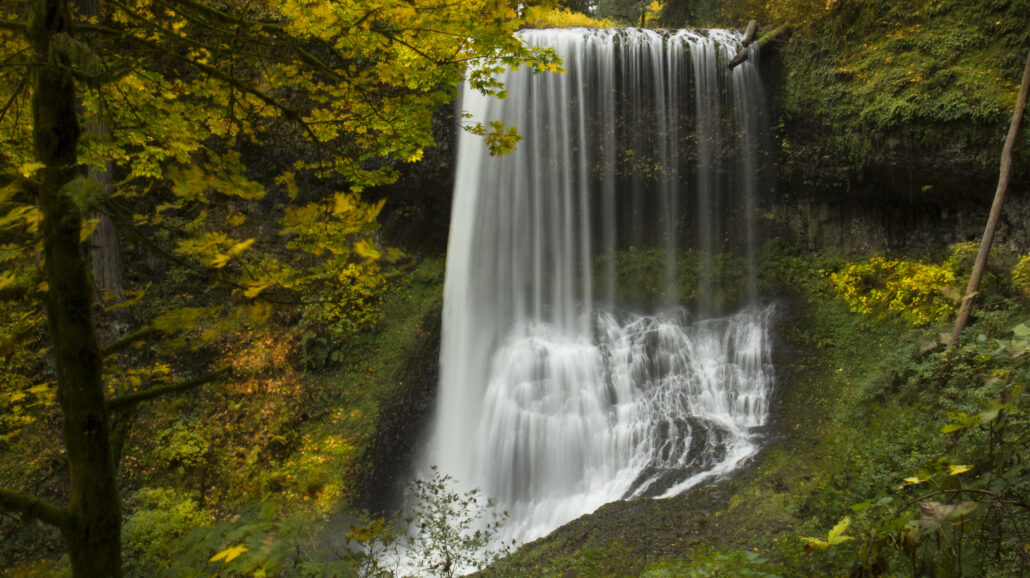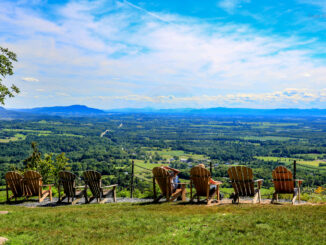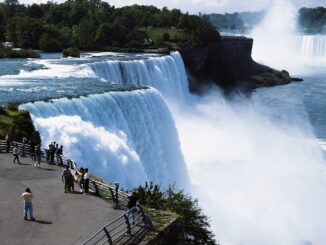
Inflation pressure in the United States has eased, but its impact on outdoor recreation lingers.
A number of state park authorities across the US have confirmed to Public Parks that cost overruns are forcing major cuts to planned maintenance and improvement projects. In some cases, planned project spending has been curbed by one-third to one-half. Parks managers have had to prioritize projects while leaving other planned work for later years.
Last year, state park managers in Maine described the fiscal pain their office was feeling in the wake of years of unusually high price inflation across the US economy.
“We initially had projects in just about every park, but things, unfortunately, are ending up costing a lot more than we had anticipated given inflationary forces,” said Andy Cutko, Director of Maine’s Bureau of Parks and Lands, in an interview.
One year later, state parks managers say they are still suffering from price spikes that have dramatically raised the cost of construction and other maintenance and enhancement services at state parks.
Nate McKeen, Director of Vermont State Parks, says his agency has seen the same problems witnessed in Maine and other jurisdictions.
“We are certainly facing inflation like others around the country and our neighbors here in New England,” McKeen told Public Parks. “Projects are moving but increasingly expensive. Any projects delayed or postponed simply increase in costs later.”
Vermont is home to 55 state parks, and Vermont State Parks is now busy celebrating its 100th anniversary. They have major ambitions to improve access to the parks while making the network more resilient to the onslaught that climate change will bring.
Parks managers there would spend more on improvements if only the cost overruns could be contained.
“Funds do not stretch nearly as far as they used to,” McKeen said.
Maine, Vermont, New York, and multiple other states have seen record increases in annual park attendance.
Vermont’s state parks now receive more than 1.1 million visitors per year, and the park only counts visits that occur in warmer snow-free months. Vermont’s verdant and popular state parks are a major force in that state’s economy.
“Vermont is second only to Hawaii in proportion of GDP that comes from outdoor recreation,” McKeen explained during a recent public lecture.
The problem isn’t isolated to the Northeast. State parks management offices in the Midwest and West Coast are reporting the same problem with inflation biting into project spending plans.
Michigan’s Department of Natural Resources says Michigan’s state parks experienced 30% growth in visitations during the COVID-19 pandemic. The rush has eased somewhat but visitation remains high.
Still, DNR frets that it doesn’t have the money to spend on the parks that it would like to, not due to budget cuts but because of cost increases.
“We are experiencing costs that are averaging 28 percent over budget,” DNR spokesperson Kristen Bennett told us in an earlier interview. “This is forcing us to make very hard decisions to either supplement the funding on a project with state funds or reduce the scope of the project altogether.”
It’s the same story in Oregon.
The Oregon Parks and Recreation Department said it originally had planned to spend big on 11 ambitious park overhauls. That number was whittled down to 9 projects, and some of those plans had to be scaled back.
“The sad fact is costs aren’t going to go down,” J.R. Collier, Deputy Director of Operations at OPRD, said in a recent interview.
There are exceptions, of course, in what may be a sign of gradually easing fiscal pressure.
State parks managers in Missouri said they’re plenty flush with cash and plan to move forward on their projects list unimpeded by the recent economic inflation.
“Currently we have $220 million invested in state parks’ projects,” said Tisha Holden, a spokesperson at the Missouri Department of Natural Resources.
“We have several maintenance and repair projects that have been out for bid and most of the bids have been coming back at or under our construction estimates,” she added, “so we are not seeing what other states are facing.”
Missouri DNR is celebrating the 100th anniversaries of Bennett Spring State Park and Mark Twain State Park. Budget woes are not looming over those twin celebrations.
More stable funding seems to be a key difference that Missouri’s state park network enjoys.
Holden explained that 75% of the budget for Missouri’s park network is paid for by the state’s Park, Soil, and Water sales tax. “Missouri is one of a handful of states—I believe eight—that do not charge any entrance or parking fees,” Holden added.
Other state park systems get the bulk of their budget from the fees they can charge for day use and overnight camping. As the cost overrun crunch lingers for them, many parks managers are now considering either raising usage fees or pursuing alternative ways to raise revenue.
Oregon has just raised usage fees for its state parks. Beginning next year, tent camping at Oregon’s state parks cost $3 more than before. The cost of hooking up an RV for an overnight stay went up by $4.
OPRD says it has little choice but to raise costs on visitors and campers given the cost increases the agency is facing itself.
“The park system has experienced record visitation as well as the impacts of rising costs and inflation,” OPRD officials explained in announcing their decision to raise usage fees.
“The annual utility costs for example have increased by 28% over the last 4 years, but the base park fees have remained the same,” they added. “Depending on the fee, the last update was anywhere from seven to 15 years ago for base fees.”
How state parks systems are funded seems to be a common denominator. Parks management offices that receive little to no tax revenue seem to be experiencing the worst hits from the recent across-the-board spike in costs.
In Oregon “the state park system is not funded by taxes,” OPRD said.
©2025 Public Parks



